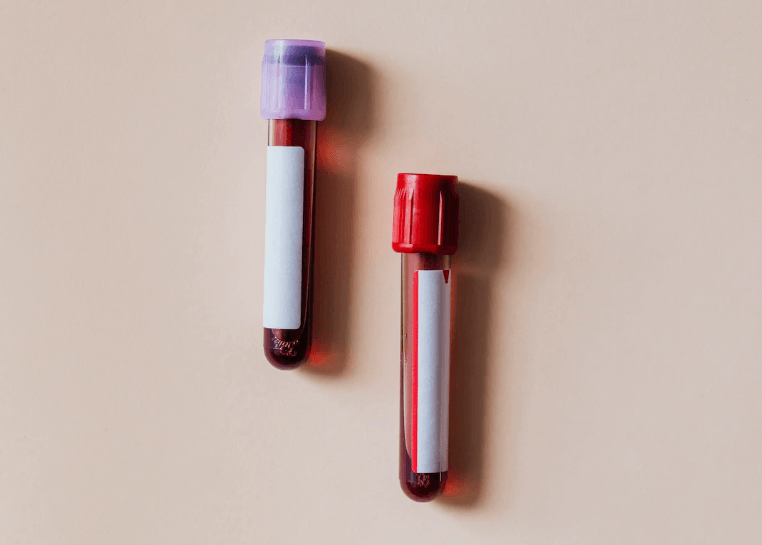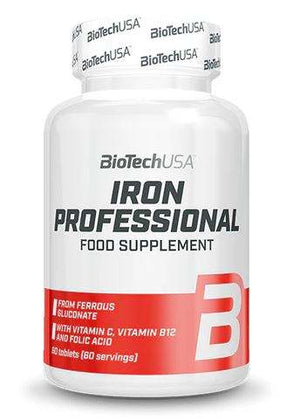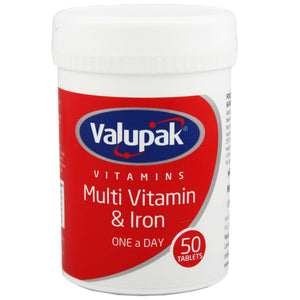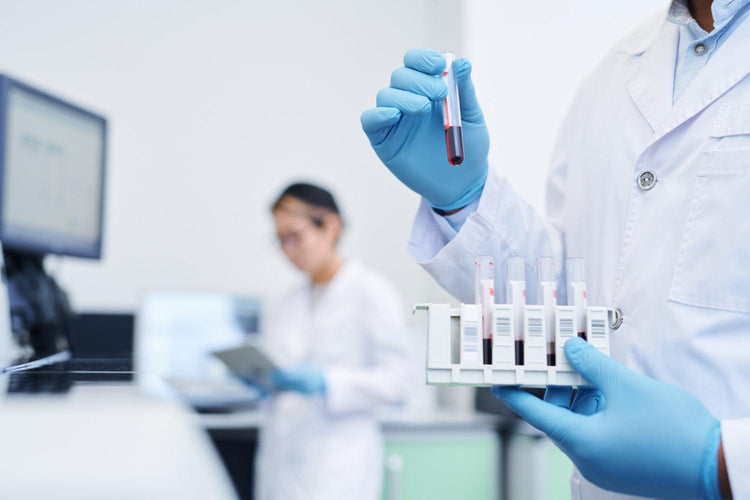Haemochromatosis (Iron Overload) - Everything You Need to Know


Related products

What is Haemochromatosis?
Hemochromatosis is a disease that mainly affects people of white northern European descent as well as people with a Celtic background (Ireland, Scotland, Wales etc...). This iron overload disorder itself is usually inherited and is known as ‘Hereditary Hemochromatosis’. Hereditary Hemochromatosis severely affects the body due to increased absorption of iron within the intestines and extra iron within bodily tissues. Hereditary Hemochromatosis is usually a condition which affects adults in the age range of 30-50 but can appear at any age, as cases in children have also been recorded. Haemochromatosis can appear alongside other conditions such as diabetes (blood condition), arthritis (an autoimmune disease that affects the joints), hypopituitarism (a rare condition in which the pituitary gland malfunctions), hyperpigmentation (excess melanin production) and cardiomyopathy (heart disease), this is known as secondary haemochromatosis. Iron overload can be controlled before the onset of symptoms, and the chances of treatment increase with early diagnosis.
If iron levels are undetected, the chances of damage to internal organs and developing life-threatening diseases increases.
Recognising Iron Overload early on is easy and as is the treatment for Primary Hemochromatosis. If left untreated it can lead to joint, liver, pancreas and heart damage which could be fatal in the long run.
But what causes Iron Overload?

Primary Hemochromatosis is an inherited condition that as previously mentioned is caused due to genetic factors and secondary hemochromatosis, is caused as a side effect or secondary disease alongside other conditions such as Type 2 disease or liver disease. However, the most common type of iron overload is due to the inheritance of a faulty gene. Genes are found in your DNA (Deoxyribonucleic acid) in packages called chromosomes which are found in every cell within your body. Each person carries 30,000 different types of genes and we pass many of these on to our children. Some diseases such as type 1 diabetes (another genetic disorder) are known to skip a generation of the family, remaining as a dormant gene. Iron Overload Disorders also can skip generations, but you are at a higher risk of developing the disease if both parents have a recessive gene that carries the hemochromatosis disorder.
Symptoms of Hemochromatosis
It is one thing to be told about needing to watch out for the symptoms of hereditary hemochromatosis, but it is another knowing what they are. It is important to note that whilst the body may absorb excess iron and yet present no symptoms, those with this condition will develop symptoms listed below:
- Fatigue (feeling tired all the time)
- Unexplained weight loss
- Asthenia (feeling weak in your limbs and mental fatigue)
- Joint pain, mainly in your knuckles and finger joints.
- Erectile dysfunction
- Absent or irregular periods
- Abdomen or stomach pain
- A sudden or gradual loss of libido (sex drive)
- Early menopause
- Clear evidence of living scarring and damage (fibrosis and cirrhosis)
- Heart disease (cardiomyopathy)
- ‘Bronzing’ or yellowing of the skin
- Type 2 diabetes.
Many of these conditions and symptoms above can also be because of a different underlying problem other than hemochromatosis. It is important to get regular blood tests or have any of these symptoms checked with your family doctor.
If you are experiencing any of the symptoms mentioned above, take a blood test today and find out!
Diagnosis of Hemochromatosis
If you fear that you might be in the early stages of developing an iron overload and want to get it checked, doctors are easily able to diagnose the condition through a series of blood tests. Doctors may also investigate to rule out a range of other illnesses that share similar symptoms before confirming if haemochromatosis is the cause of your discomfort or not. Most of the time increased ferritin levels will present very few symptoms and hence, doctors can diagnose hemochromatosis with a number of blood tests by ruling out other disorders. Doctors will often start with a blood test to see the levels of iron within the blood, the most important of these tests is the transferrin saturation and serum ferritin test.
Transferrin saturation:
This is a test to examine transferrin, a very important protein that binds iron in the blood and carries it around your body. The test itself measures the content of iron in your blood versus the amount of transferrin in your blood. The amount of transferrin you have in your blood is your capacity to bind iron to your blood, this is also known as the Total Iron Capacity (TIBC).
Serum ferritin:
The bloodstream carries a protein known as ferritin which has the purpose of storing iron in your bodily tissues. You can find ferritin in your blood in small amounts, however, as the amount of iron within your blood increases so does the amount of ferritin in your blood.
Other tests can be done in an attempt to diagnose haemochromatosis such as genetic testing. The purpose of genetic testing is to see if you have the hfe gene mutation. It is used to detect the cause behind the high ferritin levels found in the transferrin saturation and serum ferritin tests. People who have haemochromatosis will test positive 90% of the time with a genetic test. Other tests include a liver function test (LFTs) or a liver biopsy if damage to your liver is suspected. An LFT involves taking a sample of blood and looking at your blood work to see if you may be developing scarring of the liver or liver enlargement. Doctors will be looking to measure levels of liver enzymes (ALT and AST) which are more present if you have liver inflammation (hepatitis). A liver biopsy however involves taking a part of the liver to test the tissues which allows for chemical analysis of how much iron can be found in the tissue. This diagnosis method is more useful in those who don’t have the gene type.
Treatment and Prevention of Haemochromatosis
Prevention of haemochromatosis can be difficult due to genetics however early diagnosis can help slow down the effects and get you treatment to assist in living with the condition. If you have a family history of haemochromatosis avoid supplements with iron and vitamin C. You should also keep the amount of alcohol you drink to a minimum as this can affect the absorption rate of iron and cause liver damage.
As for treatment for haemochromatosis, you’ll receive regular phlebotomy which is draining of blood to lower the level of iron with you, as the body can’t naturally drain itself of iron. You’ll be drained around 450ml of blood once a week where you’ll lose 220mg of iron, the process encourages the creation of new red blood cells and in the process losing the amount of iron in your blood.
To check your Iron levels, order an at-home blood test here.
For a full range of blood tests and medications, visit our Welzo Online Pharmacy Page. For more details, click here.



















 Rated Excellent by 26,523+ Reviews
Rated Excellent by 26,523+ Reviews